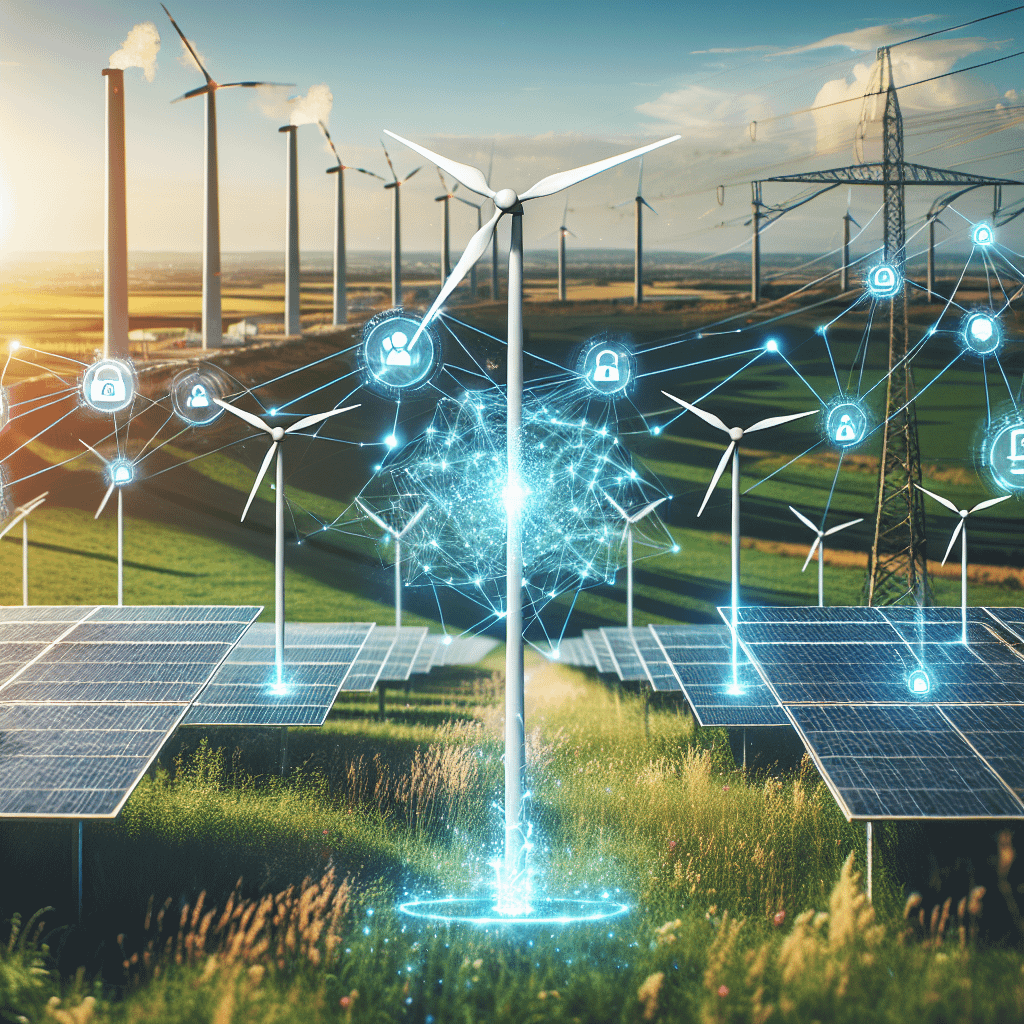Climate/Environment/Science / The US Department of Energy announced $30 million in funding for efforts to speed up interconnection using AI.By Justine Calma, a senior science reporter covering energy and the environment with more than a decade of experience. She is also the host of Hell or High Water: When Disaster Hits Home, a podcast from Vox Media and Audible Originals.Nov 27, 2024, 5:49 PM UTC Illustration by Cath Virginia / The VergeThe US Department of Energy (DOE) thinks AI can speed up the process of connecting new energy projects to the power grid. It announced $30 million in funding now available through its Artificial Intelligence for Interconnection (AI4IX) program. The DOE is interested in fostering partnerships between grid operators and software and energy project developers to get new sources of electricity online faster. The plan is to use AI to streamline the interconnection application process that’s currently painfully slow. The delay is holding up efforts to get new solar and wind farms up and running. Pressure is building to clear that backlog with electricity demand on the rise — ironically in no small part because of the artificial intelligence boom. Pressure is building to clear the backlog with electricity demand on the rise — in no small part because of the AI boomAs it is, it takes up to seven years to connect a new electricity generation project to the grid in the US, and wait times have been increasing. As a result, there’s an enormous backlog of 2,600 gigawatts worth of new energy generation and storage projects awaiting interconnection. That’s roughly twice as much capacity as the US currently has for generating electricity today, according to the DOE.Why does it take so long to connect to the grid? Utilities and grid operators need project developers to complete a series of studies meant to determine what kinds of grid upgrades might be necessary and how much that will cost. The slow interconnection process is also a relic of an energy system designed around fossil fuels — when developers would have relatively few large power plants in the queue. Power grids with more renewable energy tend to be less centralized, with electricity coming from a more distributed network of smaller solar, wind, and battery projects. That means more applications to review. New solar and onshore wind farms are generally cheaper sources of electricity than coal or gas now, and they don’t create air pollution or contribute to climate change. You can see those perks reflected in what kinds of energy infrastructure is being built in the US. More than 94 percent of new energy capacity waiting to connect to the grid is carbon-free, primarily solar, wind, and batteries. Utilities and grid operators might be able to get through interconnection applications for those projects faster if they can use AI, the DOE suggests. It says the current manual process for reviewing applications is labor-intensive — an issue made worse becaus

